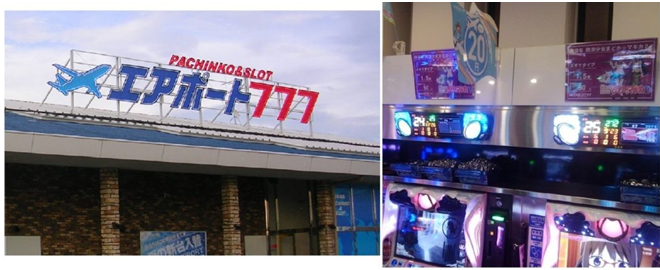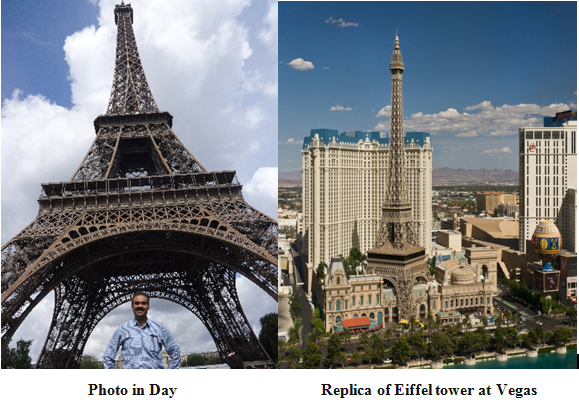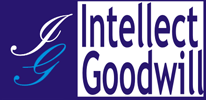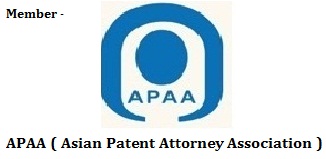McDonald’s Corp has lost its rights to the trademark “Big Mac” in a European Union case ruling in favor of Ireland-based fast-food chain Supermac’s, according to a decision by European regulators.
As per judgment revoked McDonald’s registration of the trademark, saying that the world’s largest fast-food chain had not proven genuine use of it over the five years prior to the case being lodged in 2017.
The Spain-based EU Intellectual Property Office (EUIPO) did not respond to phone calls and emails requesting comment. McDonald’s was not immediately available to comment on the decision, which the company can still appeal.
The ruling allows other companies as well as McDonald’s to use the “Big Mac” name in the EU.
Supermac’s said it can now expand in the United Kingdom and Europe. It said it had never had a product called “Big Mac” but that McDonald’s had used the similarity of the two names to block the Irish chain’s expansion.
“Supermac’s are delighted with their victory in the trademark application and in revoking the Big Mac trademark which had been in existence since 1996,” founder Pat McDonagh told Reuters in an email.
“This is a great victory for business in general and stops bigger companies from “trademark bullying” by not allowing them to hoard trademarks without using them.”
McDonald’s, which sells its flagship “Big Mac” burgers internationally, submitted printouts of European websites as evidence, as well as posters, packaging, and affidavits from company representatives attesting to “Big Mac” sales in Europe.
The EUIPO said the affidavits from McDonald’s needed to be supported by other types of evidence, and that the websites and other promotional materials did not provide that support.
From the website printouts “it could not be concluded whether, or how, a purchase could be made or an order could be placed,” the EUIPO said. “Even if the websites provided such an option, there is no information of a single order being placed.”
McDonald’s has historically been “extremely litigious” in the area of trademark law and typically does not lose, said Willajeanne McLean, a law professor at the University of Connecticut.
In 1993, McDonald’s won a court order blocking a dentist in New York from selling services under the name “McDental.”
In 2016, McDonald’s defeated an effort by a Singapore company to register ‘MACCOFFEE’ as an EU trademark.
The tech giant Sony has ramped up their technology from something that weve only seen in James Bond movies, to now being our reality. The company has filed for a patent that reveals how their smart contact lenses will take pictures and record videos just with a simple blink, storing them in a small memory space on the lens or on the users eyeballs. Not only is Sony striving for this, but other tech giants such as Samsung and Google have made plans for their smart contact lenses, going public with their ideas of taking pictures, making videos and monitoring sugar intake; gamers will also experience enhanced gaming, and other possibilities are endless.
However, Sonys patent doesnt mean well be seeing them anytime soon. Nevertheless, Sonys release of the lens will contain a picture-taking unit, a central controlling unit, the main unit along with an antenna, a storage area and a piezoelectric sensor.

Image Source: C|Net A diagram of the smart lens showing different regions of the lens.
The last mentioned unit above is responsible for monitoring the time on how long the eyelids have remained opened, and it will also detect the blink that was done to take a picture, as well as the blinks that were done subconsciously. This will allow the unit to distinguish between taking pictures and a normal blink.
As mentioned in Sonys patent, the subconscious blink is between 0.2 to 0.4 seconds, thus the patent states that if the blink exceeds more than 0.5 seconds, then it was done on purpose and will be considered an unusual blinking, therefore, gesturing the unit to capture the image. The antennae will supply the power to the lens wirelessly, source it from the smartphone, a smart tablet or a computer. The technology that was first discovered by Nicola Tesla, will use either radio waves, electromagnetic induction or electromagnetic field resonance, and to top it off, the smart lens will sport an autofocus and zoom ability.
But before happy blinking customers can get their hands on this latest device, and for the intelligence agencies to blink on everything in their sight, the technology is still to go through stringent tests. Then again, a technology such as this, is an interesting concept wrapped up in the scary, depending on how it will be used

Japan Patent Office (JPO) , trail board , upheld The Boeing Company’s invalidation petition against TM Reg. no. 5990529 for the “PACHINKO&SLOT AIRPORT 777” mark in respect of amusement services in class 41 due to a likelihood of confusion with Boeing’s famous jet airliner “777”.
[Invalidation case no. 2018-890054, Gazette issue date: May 31, 2019]
AIRPORT 777
Mark in dispute, consisting of three terms, “PACHINKO&SLOT” and “AIRPORT777” in English and Japanese in three lines, and a device of jet airliner (see below), was applied for registration by SEA Co., Ltd., a Japanese business entity, on February 17, 2017 in respect of providing Pachinko and slot machine parlors, game services provided online from a computer network or mobile phone; providing amusement facilities and other services in class 41.

SEA CO., Ltd. has been operating pachinko and slot machine parlors in the name of AIRPORT 777.

Without confronting with a refusal during substantive examination, the AIRPORT 777 mark was registered on October 20, 2017.
Petition for Invalidation
Japan Trademark Law provides a provision to retroactively invalidate trademark registration for certain restricted reasons specified under Article 46 (1).
The Boeing Company, the world’s largest American aerospace company and leading manufacturer of commercial jetliners, defense, space and security systems, and service provider of aftermarket support, filed a petition for invalidation against opposed mark on July 17, 2018. Boeing argued the AIRPORT 777 mark shall be invalidated due to a likelihood of confusion with “777” The Boeing 777 when used on above designated services in class 41 based on Article 4(1)(xv) of the Trademark Law.
The Boeing 777 is the world’s largest twin-engine jet airliner, first flown in June of 1994. Commonly referred to as the ‘Triple Seven,’ the 777 is Boeing’s first fly-by-wire airliner (an electronic system that replaces the conventional manual flight controls of an aircraft) and the first commercial aircraft entirely computer-designed.
In Japan, Boeing has successfully registered three digits “777” in respect of jet airliners in class 12 since 2001. Trademark Registration no. 4456004 (see below).

Board decision
The Board admitted that the “777” mark has acquired a high degree of popularity and reputation as a source indicator of Boeing jetliners among relevant consumers.
In assessment of the similarity between two marks, at the outset the Board found that three digits 777 implies a meaning of wining jackpot in association with pachinko and slot machines. However, by taking account of a term “AIRPORT” and a silhouette of jet airliner, the Board considered it is likely that relevant consumers with an ordinary care shall connect or associate the services using opposed mark with The Boeing 777. If so, it is unquestionable that opposed mark is highly similar to a famous mark “777”. Besides, since recent game and amusement industry have a trend to introduce flight and airplane games with new technology or to use images, video and sounds of jet airliner, it is not unreasonable to find above services in class 41 are closely related to jet airliners. In view of Boeing’s business portfolio, it is highly predictable that The Boeing Company expands the business and launches amusement business.
Based on the foregoing, the Board concluded that, from totality of circumstances and evidences, relevant traders or consumers are likely to confuse or misconceive a source of opposed mark with Boeing or any entity systematically or economically connected with the opponent and declared invalidation based on Article 4(1)(xv).


Wrought-iron lattice tower on the Champ de Mars in Paris, France , named after the engineer Gustave Eiffel, whose company designed and built the tower.
You can almost never find videos or photos of the Eiffel Tower at night on stock sites. Why is this? Because the Eiffel Tower is copyrighted when those lights are twinkling in the night sky. This 4-minute video from Half as Interesting explains why.European Union copyright law states that an artistic work (that could be a photo, video, song, or building) is protected during the lifetime of its creator, plus another 70 years.
Most countries have a “freedom of panorama” law, which allows you to photograph a skyline and include copyrighted buildings in your shot. So while you’d be perfectly okay capturing a photo of Big Ben in London, you just couldn’t go off and build a brand new version in your backyard without infringing copyright.
But the EU allows countries to opt-out of including this freedom of panorama clause in their copyright laws. France has chosen to utilize this exception.
The copyright owner and creator of the Eiffel Tower died in 1923, so in 1993 the image of the Eiffel Tower entered into the public domain. That’s why Las Vegas has its own Eiffel Tower, built in 1999.
But the lights were not installed until 1985 and, since they’re considered an artistic work, they are well within their copyright protection period.
The same applies for the Louvre and Rome’s main train station. While no one has ever gone to court for a night-time Eiffel Tower snap, that could change at any time.“Technically taking the picture is also illegal, but it’s the sharing part that will land you in hot water,” Metro writes. “If you want to publish the image to social media you must gain permission from the ‘Société d’Exploitation de la Tour Eiffel’ (the Eiffel Tower’s operating company).”We previously wrote about this same topic back in 2014.








